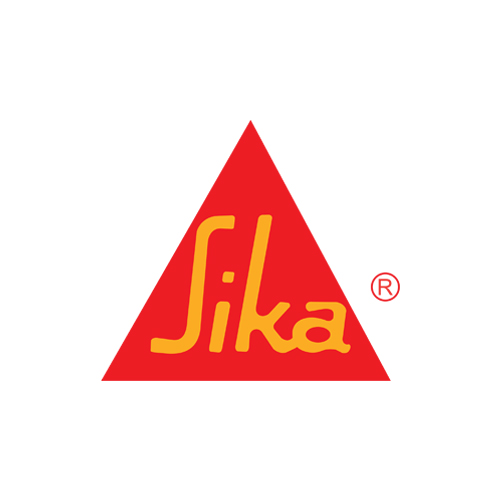Structural adhesives have been fine-tuned, tinkered on, and souped up the way any good vehicle (and vehicle adhesive) should be. Over the past decade, industry leaders such as 3M, ASI, and Loctite have released a wide variety of structural adhesives that make auto manufacturing more efficient and cost effective, while rising to meet OEM collision and bonding standards.
WHERE AUTOMAKERS USE STRUCTURAL ADHESIVES:
We have to admit it: that steel-bodied Model-T looks great in your showroom, but they don't make 'em like they used to. And in today's manufacturing world, that might just be a good thing. The heavy, welded interiors, studded leather, and crisp metal detailing have been replaced with streamlined bodies, sleek polymers, and lightweight aluminum pieces that make vehicles lighter, more environmentally friendly, and efficient than ever before.
The body of your car accounts for approximately 40% of a vehicle's weight, so it makes sense that this is one of the first places manufacturers look to reduce drag weight and refine production composition. Because steel is an obvious choice for vehicles' exteriors - especially when considering impact resistance, overall strength, and long term durability - manufacturers have become creative about their choice in diverse materials throughout the interior of their vehicles to reduce weight and increase performance.
Structural adhesives are used to make these enhancements possible by bonding plastics, polymers, and aluminum to various steel components. In addition to giving manufacturers greater resourcing flexibility, bonding can be used to join heat-sensitive parts (such as carpets, interior design elements, and electronic equipment), or join pieces that otherwise would be difficult or impossible to reach with traditional welding tools.
BENEFITS OF STRUCTURAL ADHESIVES IN AUTO DESIGN:
There are two main benefits of harnessing substrates joined by structural adhesives in the manufacturing process: environmental advantages and performance enhancements.
Reducing the weight of your vehicle does both. By reducing the weight of a car by 10%, we can cut back on 3%-7% of CO2 emissions. Lightweight vehicles also enjoy the added bonus of increased fuel efficiency and more efficient speed dynamics. Using structural adhesives can also improve joint durability, static stiffness, and reduce manufacturing costs when compared to welding. Today's structural adhesives are strong enough to withstand standard safety requirements and even exceed traditional manufacturing techniques in corrosive environments.
In other words, structural adhesives are the unsung heroes of the auto manufacturing industry. Without them, some of the industry's most compelling breakthroughs would not be possible, and the future of auto innovation would not be as dynamic as it is forecasted to be. Where will your structural adhesive take you?
Have an application in the automotive industry? We work with major auto manufacturers, third party parts suppliers and everyone in-between. Contact us to spec in the perfect adhesive or to save money on your current manufacturing process.




